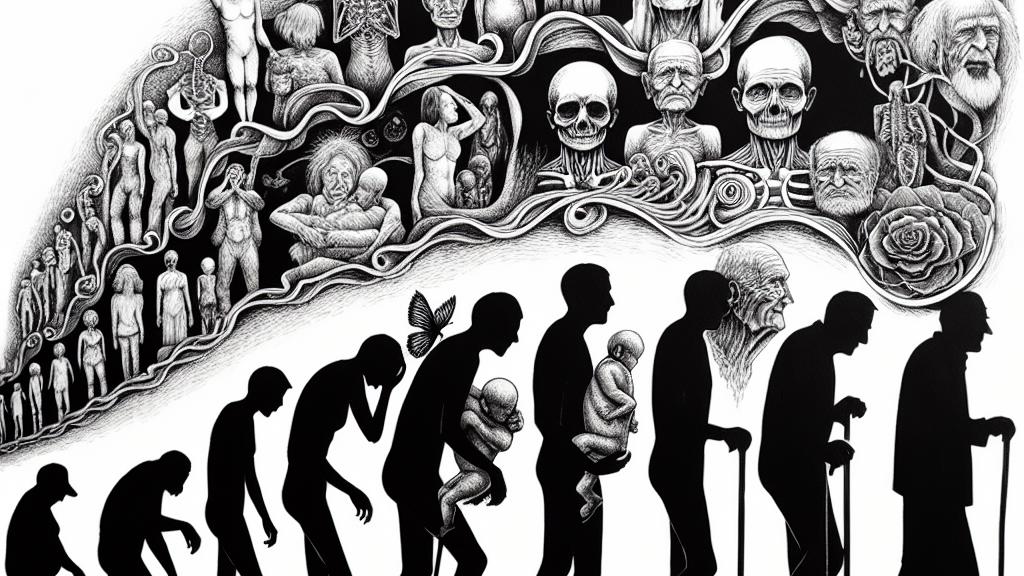The Impact of Life Trauma on Physical Pain and Loneliness in Old Age
Overview
- Experiencing trauma in early life can lead to profound physical pain and deep loneliness in older age.
- Research shows that a shocking number of individuals face traumatic events, impacting their mental and physical health.
- Understanding the connections between trauma, depression, and end-of-life experiences is essential for effective healthcare.

The Lingering Shadow of Trauma
Recent studies, particularly in the United States, shed light on the enduring impact of trauma throughout one’s life, especially as individuals approach old age. A remarkable analysis of over 20,000 adults aged 50 and older revealed that around 80% had encountered at least one significant traumatic experience, whether it be childhood abuse, loss of a loved one, or a serious illness. Each statistic tells a poignant story of struggle, illustrating that these past experiences often cast long shadows over physical health and emotional wellbeing, resulting in chronic pain and a debilitating sense of loneliness during the later years of life.
The Unseen Burden of Health Implications
The implications of trauma on health are both alarming and multifaceted. Research has demonstrated that trauma not only predisposes individuals to mental health issues like anxiety and depression but also contributes significantly to physical ailments. For instance, those who reported five or more traumatic experiences were found to have a staggering 60% higher likelihood of suffering from severe pain as they neared the end of their lives compared to those with no trauma history. This stark contrast emphasizes a pivotal truth: trauma is not just an emotional burden; it manifests as physical afflictions, demanding that healthcare providers adopt an inclusive approach that addresses both mind and body.
Advocating for a Trauma-Informed Approach in Healthcare
Given these insights, it is crucial for healthcare professionals to embrace trauma-informed care practices. This involves comprehending that patients may experience a phenomenon known as 'total pain,' incorporating physical discomfort alongside psychological and social distress. Imagine a collaborative framework where psychologists, social workers, and medical practitioners unite to form a comprehensive support system. Such an integrated approach acknowledges how trauma intricately weaves through health outcomes, enabling providers to respond more effectively to the nuanced needs of aging individuals. By fostering a compassionate environment where patients feel genuinely understood and supported, the path to healing becomes clearer, ultimately enhancing the overall quality of life for older adults.

Loading...